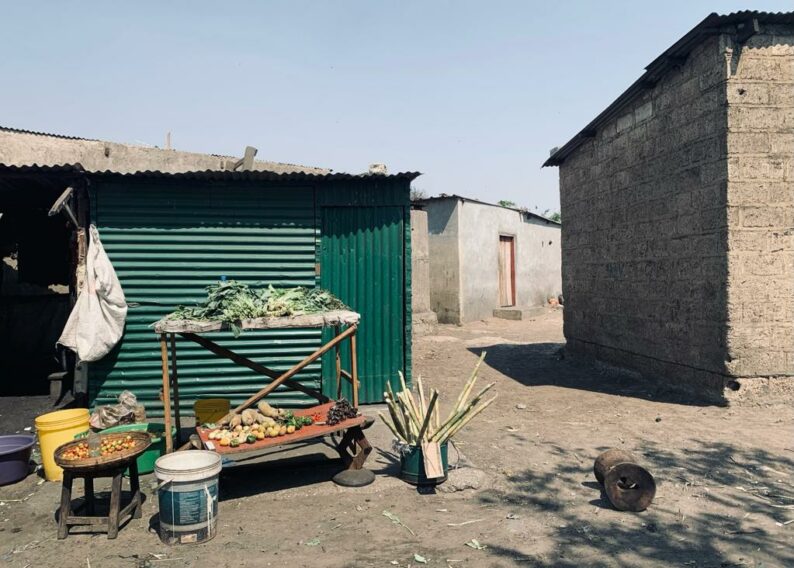Migration in Sub-Saharan Africa (SSA) has historically been predominantly internal or regional, becoming increasingly translocal, to the point where translocal livelihoods is considered the norm rather than an exception. Their characteristics being multi-directional; multi-sited; multi-active households; who are connected across rural-urban divide and thus have strong impersonal networks that transcend administrative boundaries. Urbanization and translocalization are parallel processes in Africa, and African urbanity cannot be conceived without translocality (Steinbrink and Niedenführ, 2020). Translocal livelihoods are a product of vulnerability (Steinbrink and Niedenführ, 2020), in this context the concept of translocality is best described as the ‘situatedness during mobility’ by Brickell and Datta (2011a, p. 3). The key concepts explored within this research are translocal migration in SSA, livelihood strategies and relational space.
The research aims to emphasize on the relevance of unpacking inter-regional migratory networks in order to better understand the diverse financial, social and spatial needs of translocal migrants. It aims to understand the migratory patterns, networks, drivers and their effects on both physical and social spaces. Furthermore, by gaining a comprehensive understanding of the migrant networks the research tries to unpack the relevance of ties between migrants home and host localities. Thus the research studies the concept of translocality as a conceptual link between migration, urbanization and development of spaces. Who are the translocal migrants in Zambia? Where, how and and to whom do they move? How do translocal migrants appropriate (create and re-create) their space? What effect does translocal livelihoods have on the production of space within Lusaka?



